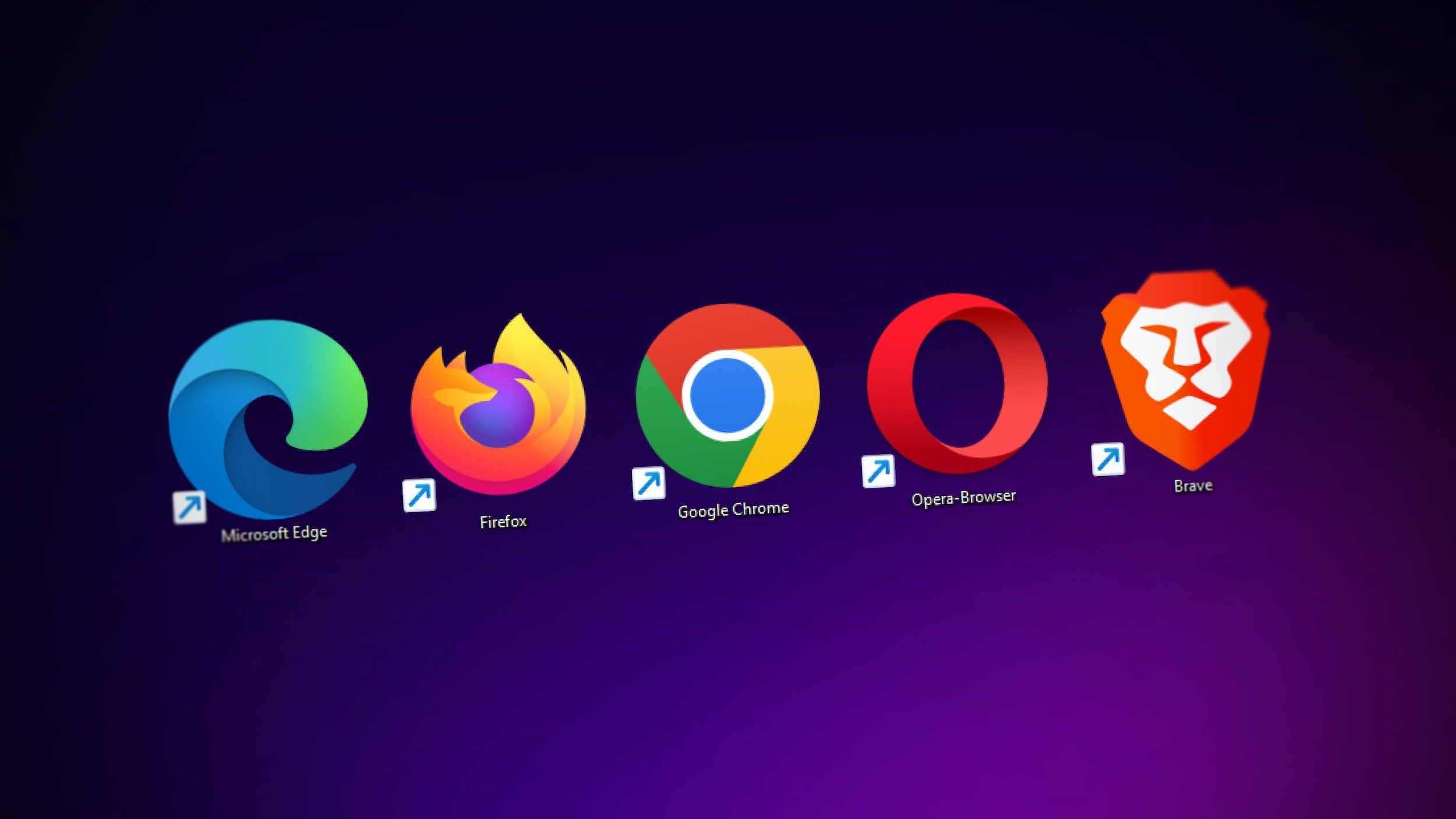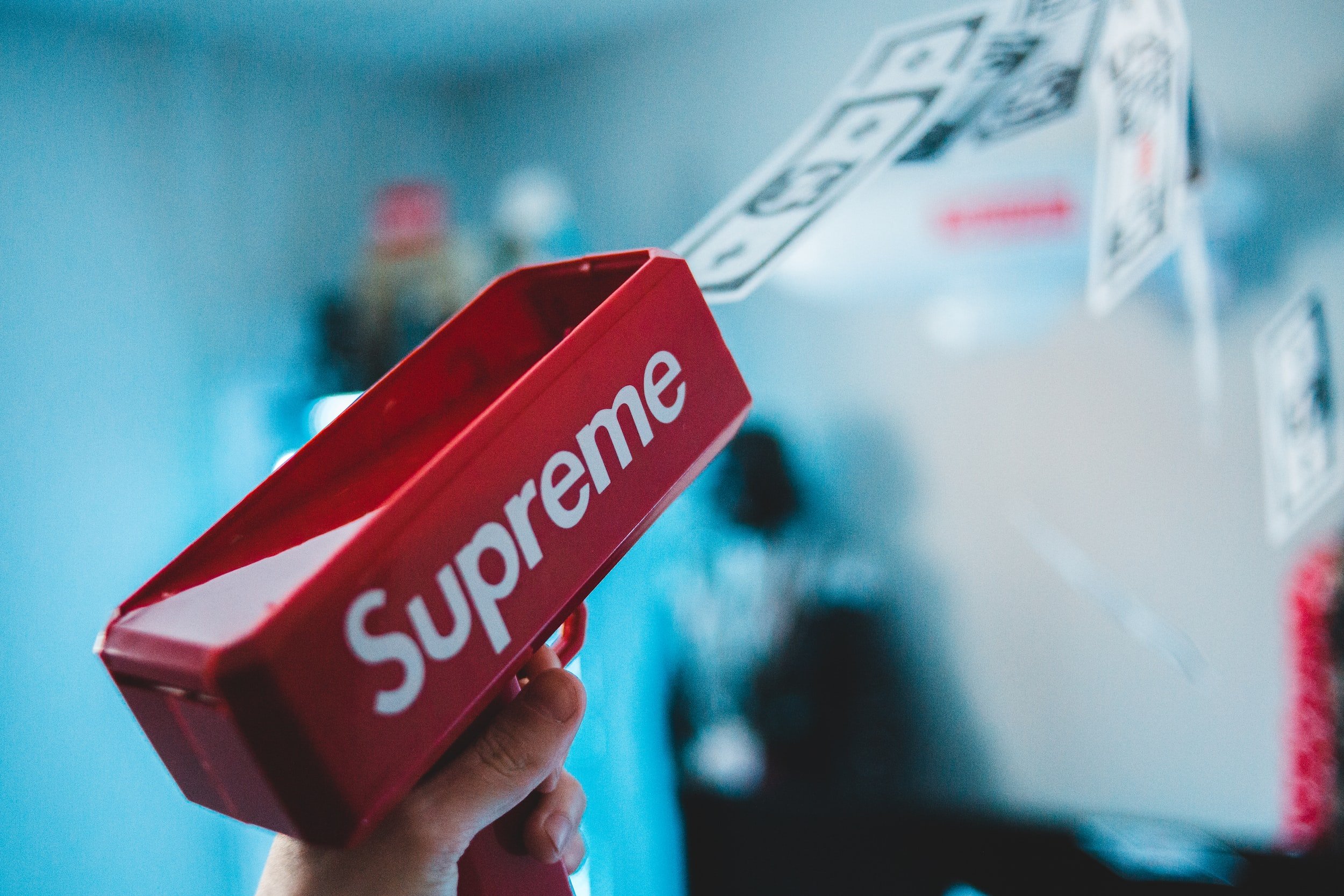
Prototype
Web Monetization
What if…
the internet was that ad and subscription free place that it used to be in the early days - yet content creators and providers would be able to monetize their work?
Problem
Todays internet is heavily fragmented. Content is monetized by advertisement that draws attention and bandwidth from the people - or content is locked behind subscription based paywall silos. Yet content platforms like Twitch have shown that people are willing to pay and donate to the creators they love and engage with.
Monetization providers have arisen, like Flattr, that provide users with a flatrate subscription to access content across platform and companies. Their subscription fee is distributed among the content providers based on their share of the user’s consumption time. However, while this is a step in forward, the monetization platform is in itself propreitary, isolated and limited to content of providers that participate.
Solution
The new web monetization standard is the new kid in the block. The driver behind it’s current proposal to the W3C is the US company Coil, at once the first monetization provider. Much like Flattr it provides a flatrate subscription, but unlike it, it is based on an open web standard and the the interledger protocol. It further fully embraces user privacy by decoupling the payment flow from the content consuption, making him untrackable by the content provider, and transfering micropayments in real time through the underlying interledger network.
We have created a little web page here, registered an account with Coil and one with Uphold, which hosts our interledger capable digital wallet. We then received a “payment pointer”, which is like and url or email adress to our wallet. This information is put in a <meta> tag in the head of our website and informs the visiting browsers where the payment has to been sent to. Currently you need to install a browser plugin to participate, yet it is intended to become native to all browseres as the standard establishes.
The main purpose of the interledger network is to serve as a world wide web of (micro) payments. It is further capable of exchanging crypto currencies as the payment flows through the network.
Challenges
The setup is very simple, and any content creator cam use it without much effort. However the current user base is small (about 4.000 installations of the Chrome browser plugin), at best qualifying the standard as an additional source of income. For publishers, micropayments hardly accomplish the same amounts of income as subscriptions do, so there is little incentive to be among the first movers. And the current flatrate subscription model is somewhat limited for business drivers.
Where to go from here
The web monetization standard implements a strong vision of an internet free of ads, full of privacy and a seamessly user experience. We as the people surely want this. Yer more companies need to engange with the proposal to forge the standard and become monetization providers to enable various monetization strategies and options. Audiences that will act as first movers need to targeted to leverage it all to the broader mass.
The 100/20 rule
A smart content creation concept that goes well along with the flatrate subscription model is the “The 100/20 rule”. The idea is to create a 100 percent complete and self contained piece of content and serve this for free to supply the growing user base and provide another 20 percent on top as bonus or premium content that incentivices for web monetization. That relieves from creating separate contents for free and premium users, and all articles can be easily shared with non premium users fueling the growth of your user base.
The Team
Lars Reith (Team X)
Tarek Madany Mamlouk (Team X)








